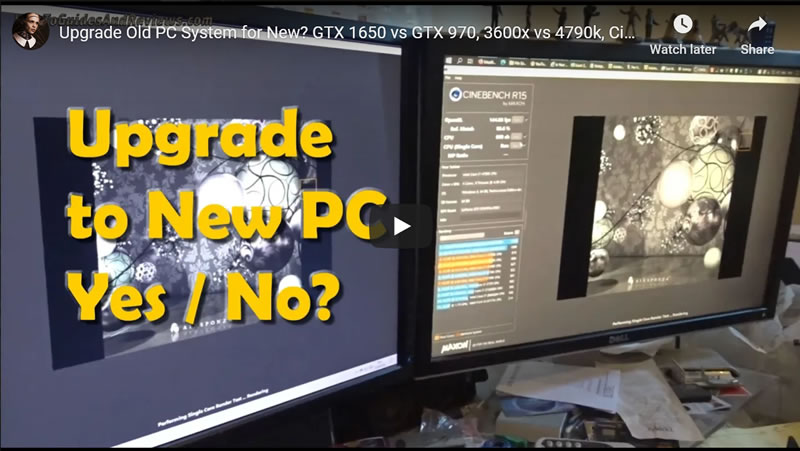

The Core i7-4790K is also outfitted with Intel’s HD 4600 series graphics engine (clocked at 1250MHz), and like all other “K-SKUs”, the processor is fully unlocked for easy overclocking. It also has a base clock of 4.0GHz-the highest base-clock of any Intel processor to date-support for Intel’s Turbo Boost technology, which can crank clock up to 4.4GHz on all cores simultaneously, 8MB of cache memory, and 16 integrated PCIe 3.0 lanes. The processor features four cores, but thanks to Intel’s Hyper Threading technology, it can process eight threads. The Core i7-4790K’s main features and specifications are listed in the chart above. Intel Core i7-4790K Devil's Canyon Processor
4790K CINEBENCH FULL
And today, we can finally give you the full scoop.īelly Of The Beast: The Underside Of A Core i7-4790K On June 3, however, Intel made all of the juicy details public and a soon thereafter we got our hands on the company’s current flagship Devil’s Canyon based processor, the Core i7-4790K. The Devil’s Canyon details Intel had strategically released up until a few days ago was all high-level information and lacked specifics about particular model numbers, pricing, and performance. When overclocking, increased frequencies and higher voltages pushed temperatures up significantly with the Fully Integrated Voltage Regulator, or FIVR as it’s known. Further compounding the issue, Intel moved Haswell's voltage regulator on-die, which created an additional hot spot on the processor itself.

If you recall, Intel started using a lower-performing thermal interface material between Ivy Bridge chips and their integrated heat spreaders that resulted in higher temperatures under load versus Sandy Bridge. If you’ve been on top of the processor scene, you probably know that Devil’s Canyon is the codename for a new revision of Intel’s 4th Gen Core processors, based on the Haswell microarchitecture, that features a high performance polymer thermal interface material (TIM) and updated packaging materials, in addition to an array of additional capacitors to smooth power delivery to the core.ĭevil’s Canyon’s updates are designed to resolve some thermal and overclocking related issues that were first introduced into Intel’s processor line-up with Ivy Bridge. That’s about it from our side.Intel has been slowly releasing information about its Devil’s Canyon processors for a few months now. This feature was discontinued, though, and is not available in Cinebench R23 anymore.Ĭheck out our Benchmarking Guide to find other great Benchmarks for testing your GPU’s performance here. What about the Cinebench GPU Benchmark?Ĭinebench used to have an option to test your GPU’s OpenGL capabilities. For decent Gaming-Performance, you should make sure you are above 1000 Cinebench R23 Single-Core Points.įor 3D Rendering then again, the higher the Multi-Core Score, the better, but anything above 20k Multi-Core Points will allow you to render complex scenes in no time. What a good Cinebench R23 Score is, really depends on your workloads. Intel’s recent 12th gen Alder CPUs, though, took back the crown from AMD once again and lead the Cinebench single-core scoreboard with a considerable 15% lead over AMD’s top CPUs. The Cinebench ranking also makes them pull ahead of their Intel 11th-gen competition in Multi-Core Performance, with AMD in the lead across the board in terms of per-core performance. Given the fact that their power draw is also considerably lower, there is no reason not to buy an AMD Ryzen 5xxx Series CPU right now – Apart from price-inflations or low stock that is. The 5950X, 5900X, 5800X, and 5600X are more than 10% faster than anything Intel has to offer in their 11th gen line-up. (Scroll down to the Cinebench Release 23 Installer section) Interesting PicksĪMD’s 5xxx Series Ryzen CPUs made a huge jump in single-core performance compared to their previous generation.


 0 kommentar(er)
0 kommentar(er)
